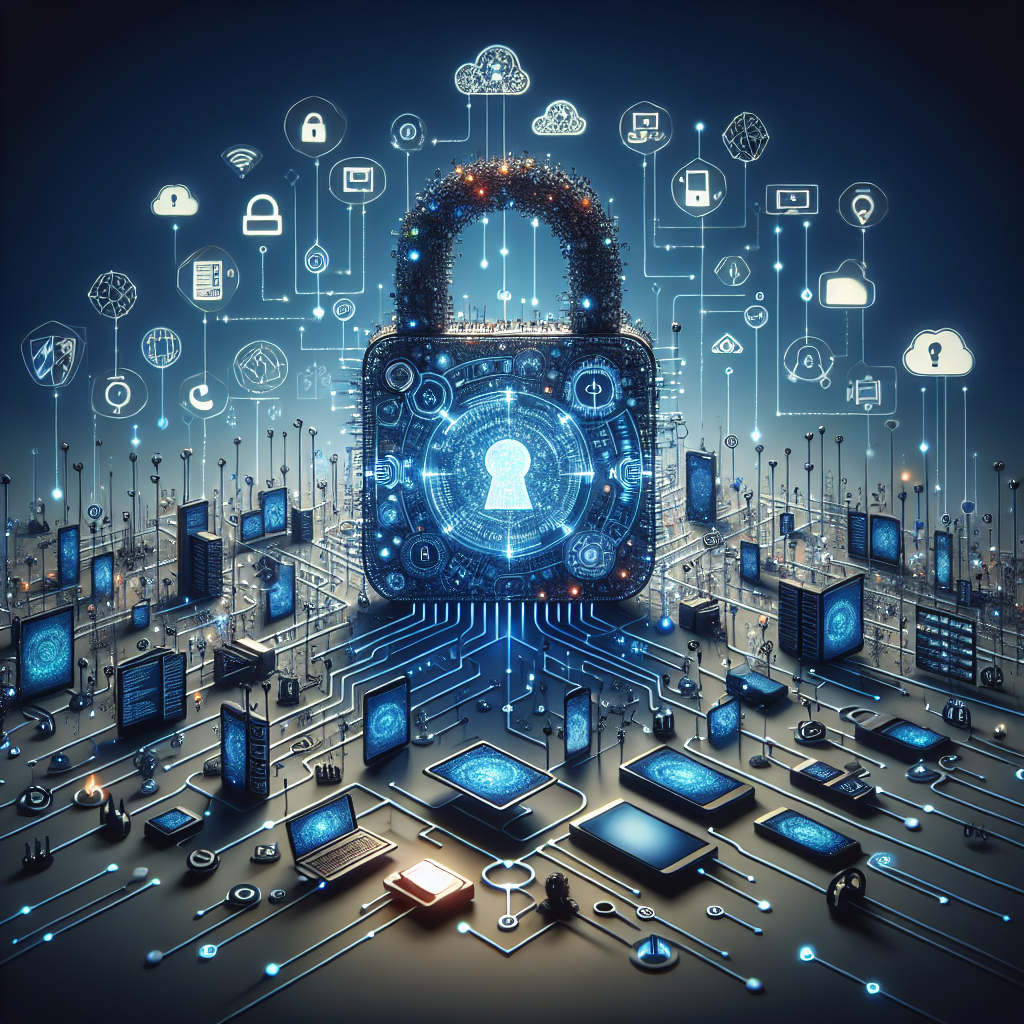Your cart is currently empty!
Cybersecurity in the Age of IoT: Challenges and Solutions

The internet of things (IoT) has transformed the way we live and work, with smart devices and sensors connecting everything from our homes to our cars to the internet. While this connectivity offers countless benefits, it also presents a host of cybersecurity challenges that must be addressed to protect our data and privacy.
One of the biggest challenges of IoT cybersecurity is the sheer number of devices that are connected to the internet. With estimates of over 20 billion IoT devices in use by 2020, each one represents a potential entry point for hackers to exploit. These devices often have limited processing power and memory, making them vulnerable to attack if not properly secured.
Another challenge is the lack of standardized security protocols across IoT devices. Many manufacturers prioritize functionality and cost over security, leading to devices with weak or nonexistent security measures. This creates a patchwork of vulnerabilities that can be exploited by hackers looking to gain access to sensitive data or disrupt systems.
Additionally, the vast amounts of data generated by IoT devices present challenges in terms of data privacy and protection. Personal information collected by smart devices can be a goldmine for hackers, putting individuals at risk of identity theft or other cybercrimes. Ensuring that data is encrypted and securely transmitted is crucial to protecting user privacy.
So, what can be done to address these challenges and secure the IoT ecosystem? One solution is to work towards establishing industry-wide security standards for IoT devices. This would ensure that all devices meet a certain level of security before being released to the market, reducing the risk of vulnerabilities being exploited.
Another solution is to implement network segmentation and access controls to limit the potential impact of a security breach. By isolating IoT devices on separate networks and restricting access to sensitive data, organizations can minimize the damage that hackers can do if they do manage to breach a device.
Regular software updates and patches are also essential to maintaining the security of IoT devices. Manufacturers should provide timely updates to fix known vulnerabilities and ensure that devices are protected against the latest threats.
In conclusion, cybersecurity in the age of IoT presents a complex and evolving challenge. By implementing strong security measures, establishing industry-wide standards, and prioritizing data privacy, we can work towards securing the IoT ecosystem and protecting our data and privacy in an increasingly connected world.

Leave a Reply